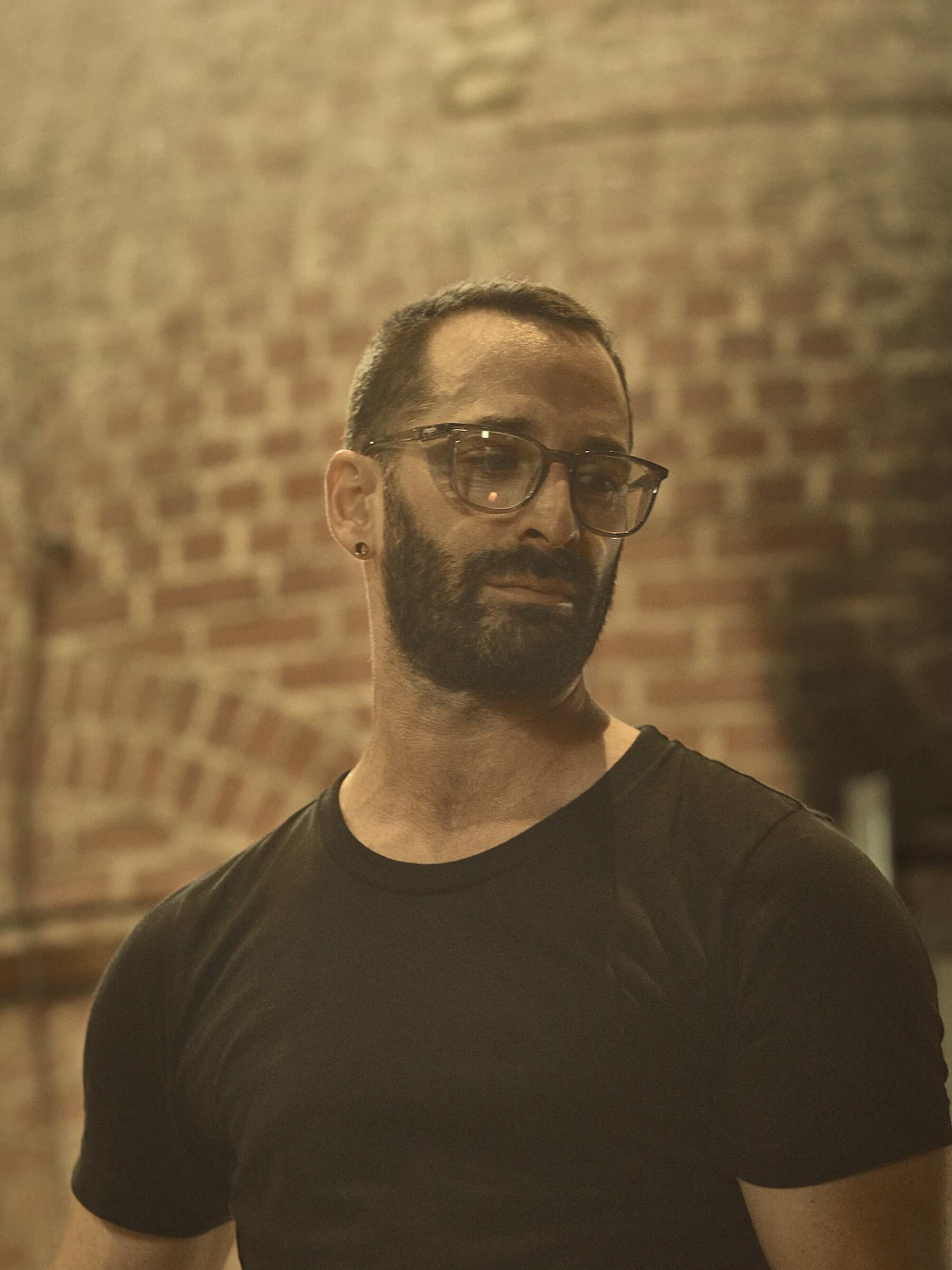In 2022, when Alexander Rosenberg was named as the new director of the WheatonArts Glass Studio, he came on just as the Millville, New Jersey, art center was reopening after COVID-19, and he helped lead a reset for this important outpost for creative glass within a couple hours drive from New York, Philadelphia, and Washington, D.C. This past Saturday, October 4, Rosenberg ended his New Jersey chapter as he bid adieu to WheatonArts, heading west to the newly built Glass Center at the University of California, San Diego, where again he will be tasked with leading a glass program as it ramps up. WheatonArts executive director Susan Gogan told the Glass Quarterly Hot Sheet the organization "has been extremely fortunate to have worked with Alex over the past four years," and credits his "tremendous spirit of collaboration and positive leadership" as keys to his effectiveness. Glass also reached out to Alex, himself, for more details about both his previous and upcoming positions.
GLASS Quarterly Hot Sheet: First of all, congratulations on the new position! Though I'm sure it's not easy to uproot, move across the country, and change coasts. Was it a difficult decision to take this new position at UC San Diego, and is there a succession plan in place?
Alexander Rosenberg: As much as I've loved my time at Wheaton, this felt like an important opportunity I couldn't pass up. WheatonArts Glass Studio will continue to operate under the capable leadership of Katey Murphy, our Senior Studio Manager while a long-term succession plan takes shape. WheatonArts is not ready to announce anything publicly yet, but all our classes, workshops, residencies, events, and other studio offerings will remain in place.
GLASS: What is your role as head of the UC San Diego glass center, and is it part of the visual arts facilities or does it slot into the university somewhere else?
Rosenberg: I serve as Assistant Director of the UC San Diego Glass Center, and I will be working alongside Annika Nelson, Senior Director of Craft and Glass Centers. These centers are the responsibility of Alysson M. Satterlund, Vice Chancellor for Student Affairs and Campus Life, and are an integral part of Chancellor Pradeep Khosla’s ArtsConnect initiative, which is co-led by School of Arts and Humanities Dean Cristina Della Coletta and Vice Chancellor Satterlund. UC San Diego is a world-class destination for the convergence of arts, culture, science and technology, and ArtsConnect uplifts that.
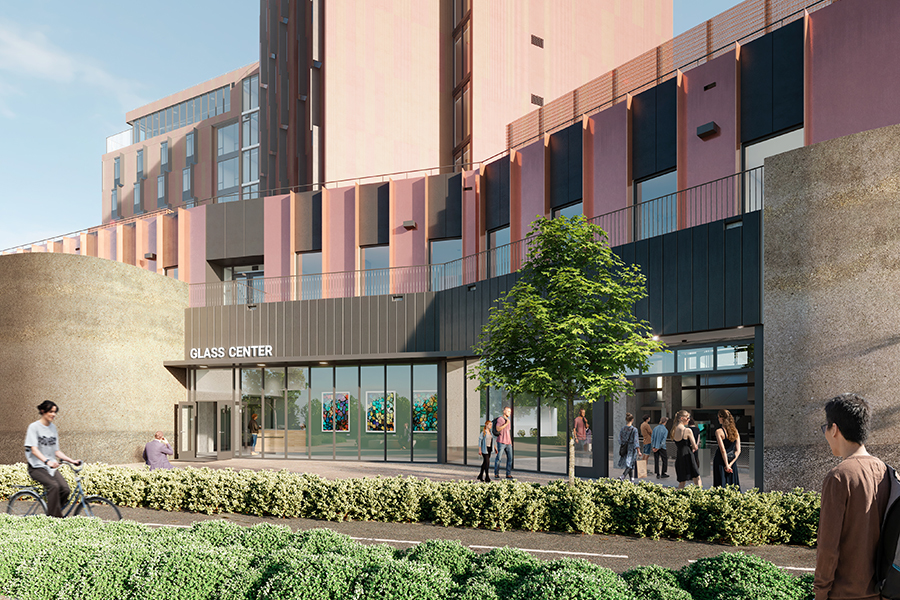
GLASS: Sounds like quite a complex hierarchy within the UC San Diego system. What can you tell us about the Glass Center, which I understand is part of a larger ongoing initiative around craft education?
Rosenberg: The Craft Center is an 11,000-square-foot facility with studios for ceramics, jewelry, woodworking, surfboard shaping, mixed media and culinary arts. The Glass Center complements the Craft Center as a 10,000 square foot space for UC San Diego students, faculty, staff, and the greater San Diego region. The Glass Center aims to serve as a multidisciplinary meeting place, catering to anyone with an interest in glass as a medium, and we are specifically excited to collaborate with UC San Diego faculty and staff.
GLASS: I know UC San Diego has an important scientific department -- is this going to be anything like MIT, where Peter bridges the science and art worlds?
Rosenberg: The MIT Glass Lab was certainly a model and resource in the planning phases of the Glass Center, specifically in its placement within a large science-driven institution, while standing independently from any academic program. I went to grad school at MIT and learned a lot about how a program like the Glass Lab can offer opportunities for collaboration, experimentation, and discovery between practitioners and disciplines sometimes otherwise siloed.
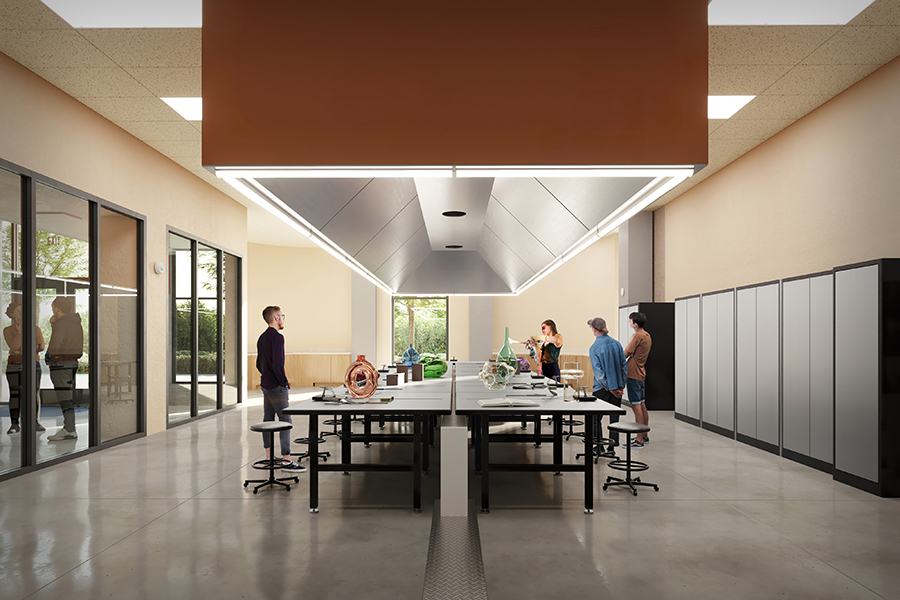
Over the last few years, UC San Diego’s Craft Center established itself as a resource for faculty and staff on campus, providing space, equipment and subject area expertise when needed to further academic work or to partner on supporting the student experience, especially in terms of mental health and well-being. I plan for the Glass Center to build upon those relationships and establish new collaborations through multidisciplinary projects between diverse specializations at UC San Diego. I'm excited for the opportunity to dig in and start making those connections.
GLASS: How do you see the UC San Diego Glass Center fitting into the larger landscape of glass programs -- between Corning's expanded Glass Studio, Museum of Glass in Tacoma, Chrysler, Wheaton, UrbanGlass -- there are multiple places where glass is being cultivated -- do you see a unique role to fill for the new center?
Rosenberg: The UC San Diego Glass Center will bring something unique and useful to the institutional glass landscape. We will engage local, national, and international communities with frequent public events, visiting artists, residencies, classes, workshops, and experiences. The Glass Center is an important puzzle piece in the Southern California glass scene, and a new gravitational body to draw international glass resources to the area. I'm excited to work collaboratively with our neighboring degree-granting glass institutions and public studios, and to design programming that engages the local community in ways that many university glass programs cannot. Historically, UC San Diego had a glass program as part of its Craft Center, and there's a strong desire from the local community to have that resource again.
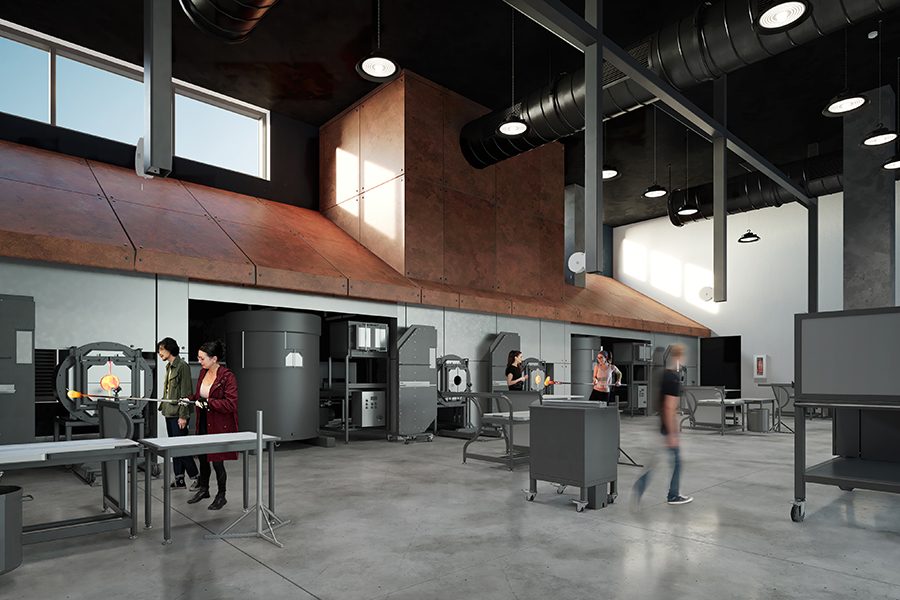
GLASS: Can you tell us a bit about your goals and hopes for what you will accomplish at UC San Diego , and will your title have an academic component where you might be teaching as well as running the center?
Rosenberg: As I mentioned, I'd like to establish educational programming that engages international and local communities with weekly classes, affordable open-studio access for current and former students, and intensive workshops that might draw audiences from greater distances. With our proximity to Mexico, it would be wonderful to offer Spanish-language workshops, as well as programming catering to active-duty military, veterans, and military-connected individuals as there is a large military population in San Diego.
GLASS: Are there any specific programs or partnerships that developed at WheatonArts that you see continuing in some form in your new position?
Rosenberg: I had a great experience working with Crafting the Future in my previous role and would like to deepen that relationship, producing events and residency opportunities for BIPOC artists locally and nationally. I have a long list of programmatic goals, but I'm especially excited to help shape the culture of the new Glass Center, build an amazing new team of instructors, students, and staff, and to establish a welcoming, inclusive community.
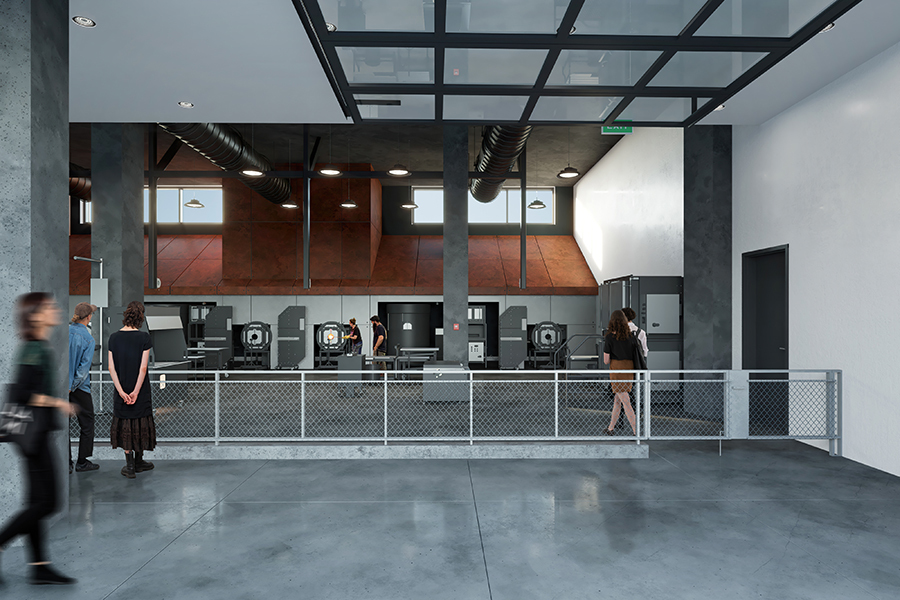
Coming from a long background in education, I love working with students, and expect I will do some teaching, but my current focus is getting the Glass Center open in 2026 and activated. We will get the keys to the Glass Center, which is in a newly-constructed mixed-use community—Ridge Walk North Living and Learning Neighborhood—sometime in November and plan to have a soft opening in February 2026 with plans for a grand opening in summer 2026. It is located within a mixed use neighborhood which includes student housing, places to grab a cup of coffee or a meal and a variety of spaces that support a vibrant scene on campus.
GLASS: Will you have time to continue making your own work or will the new job take most of your bandwidth?
Rosenberg: I'll certainly continue to produce work and develop my studio practice, which feels integral to my efficacy in this type of role. In my experience, it helps to inhabit a space like the Glass Center as another artist in a shared studio environment. I want to shape and support the community by being an active member, working alongside my peers. San Bernardino Valley College (one of our neighbors) was the first place that I ever experienced glassmaking, and I’m eager to return to the area, finding my place in the Southern California Glass and Art worlds as a more experienced practitioner. So far, the response from the local scene has been warm and generous, and I’m eager to see where my artistic practice fits in, and how it will be shaped by new resources and community.



